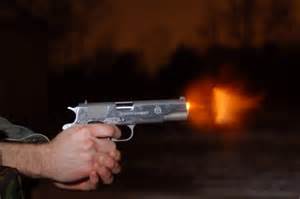| |
|
|
|
|
No events, Saturday, 1 November
1
No events, Saturday, 1 November
1
|
No events, Sunday, 2 November
2
No events, Sunday, 2 November
2
|
|
No events, Monday, 3 November
3
No events, Monday, 3 November
3
|
No events, Tuesday, 4 November
4
No events, Tuesday, 4 November
4
|
No events, Wednesday, 5 November
5
No events, Wednesday, 5 November
5
|
No events, Thursday, 6 November
6
No events, Thursday, 6 November
6
|
No events, Friday, 7 November
7
No events, Friday, 7 November
7
|
No events, Saturday, 8 November
8
No events, Saturday, 8 November
8
|
No events, Sunday, 9 November
9
No events, Sunday, 9 November
9
|
|
No events, Monday, 10 November
10
No events, Monday, 10 November
10
|
No events, Tuesday, 11 November
11
No events, Tuesday, 11 November
11
|
No events, Wednesday, 12 November
12
No events, Wednesday, 12 November
12
|
No events, Thursday, 13 November
13
No events, Thursday, 13 November
13
|
No events, Friday, 14 November
14
No events, Friday, 14 November
14
|
No events, Saturday, 15 November
15
No events, Saturday, 15 November
15
|
No events, Sunday, 16 November
16
No events, Sunday, 16 November
16
|
|
No events, Monday, 17 November
17
No events, Monday, 17 November
17
|
No events, Tuesday, 18 November
18
No events, Tuesday, 18 November
18
|
No events, Wednesday, 19 November
19
No events, Wednesday, 19 November
19
|
No events, Thursday, 20 November
20
No events, Thursday, 20 November
20
|
No events, Friday, 21 November
21
No events, Friday, 21 November
21
|
No events, Saturday, 22 November
22
No events, Saturday, 22 November
22
|
No events, Sunday, 23 November
23
No events, Sunday, 23 November
23
|
|
No events, Monday, 24 November
24
No events, Monday, 24 November
24
|
No events, Tuesday, 25 November
25
No events, Tuesday, 25 November
25
|
No events, Wednesday, 26 November
26
No events, Wednesday, 26 November
26
|
No events, Thursday, 27 November
27
No events, Thursday, 27 November
27
|
No events, Friday, 28 November
28
No events, Friday, 28 November
28
|
No events, Saturday, 29 November
29
No events, Saturday, 29 November
29
|
No events, Sunday, 30 November
30
No events, Sunday, 30 November
30
|
![]() Mass Murderer
Mass Murderer![]() Serial Murderer
Serial Murderer